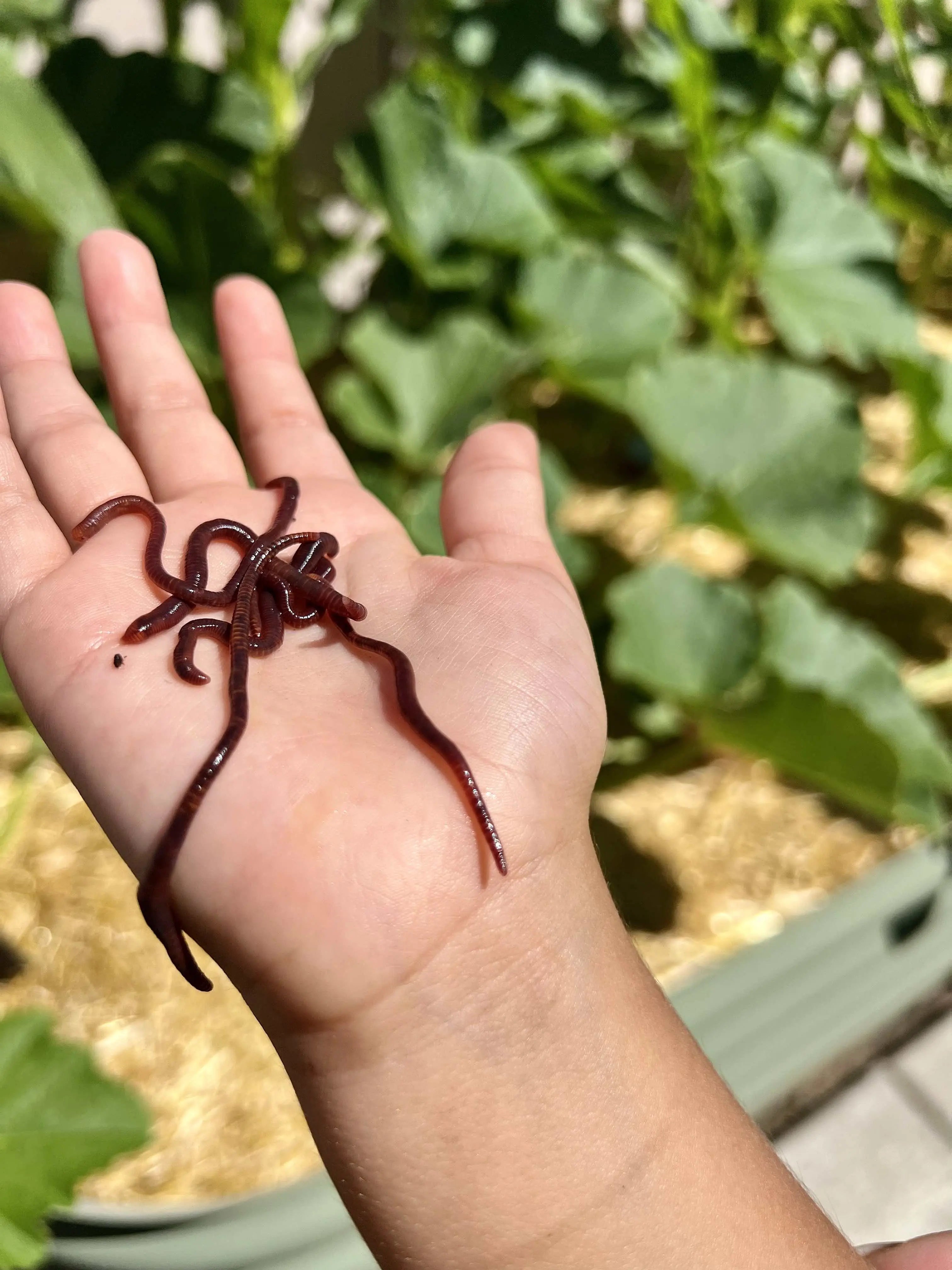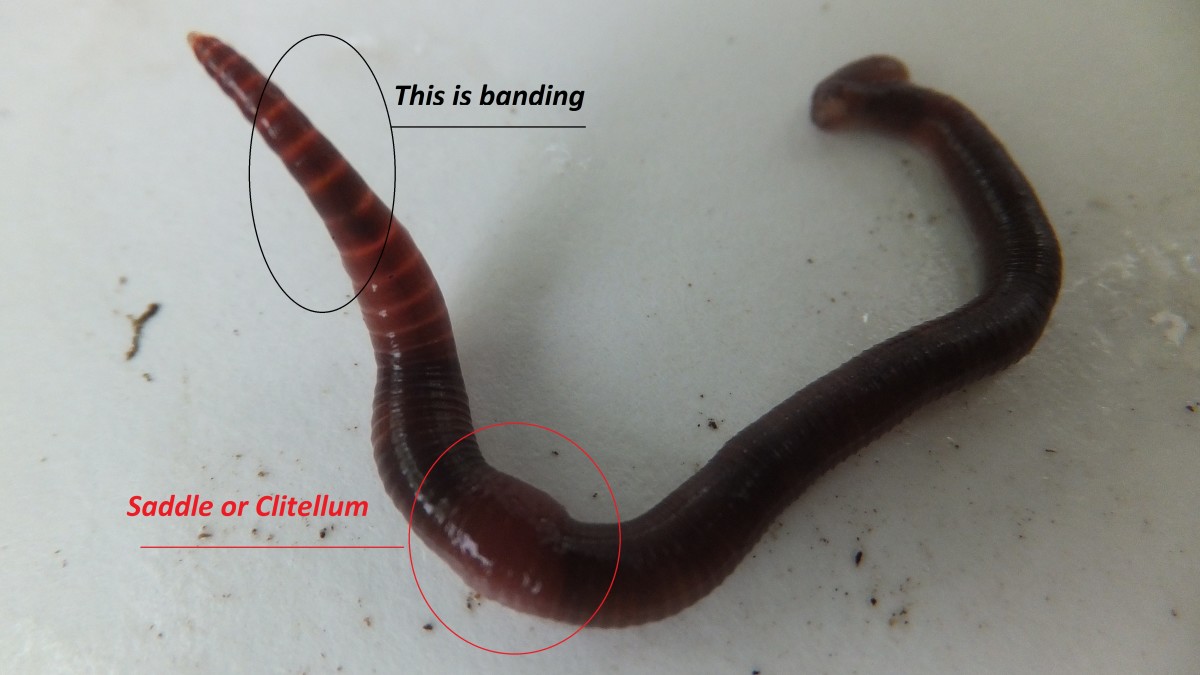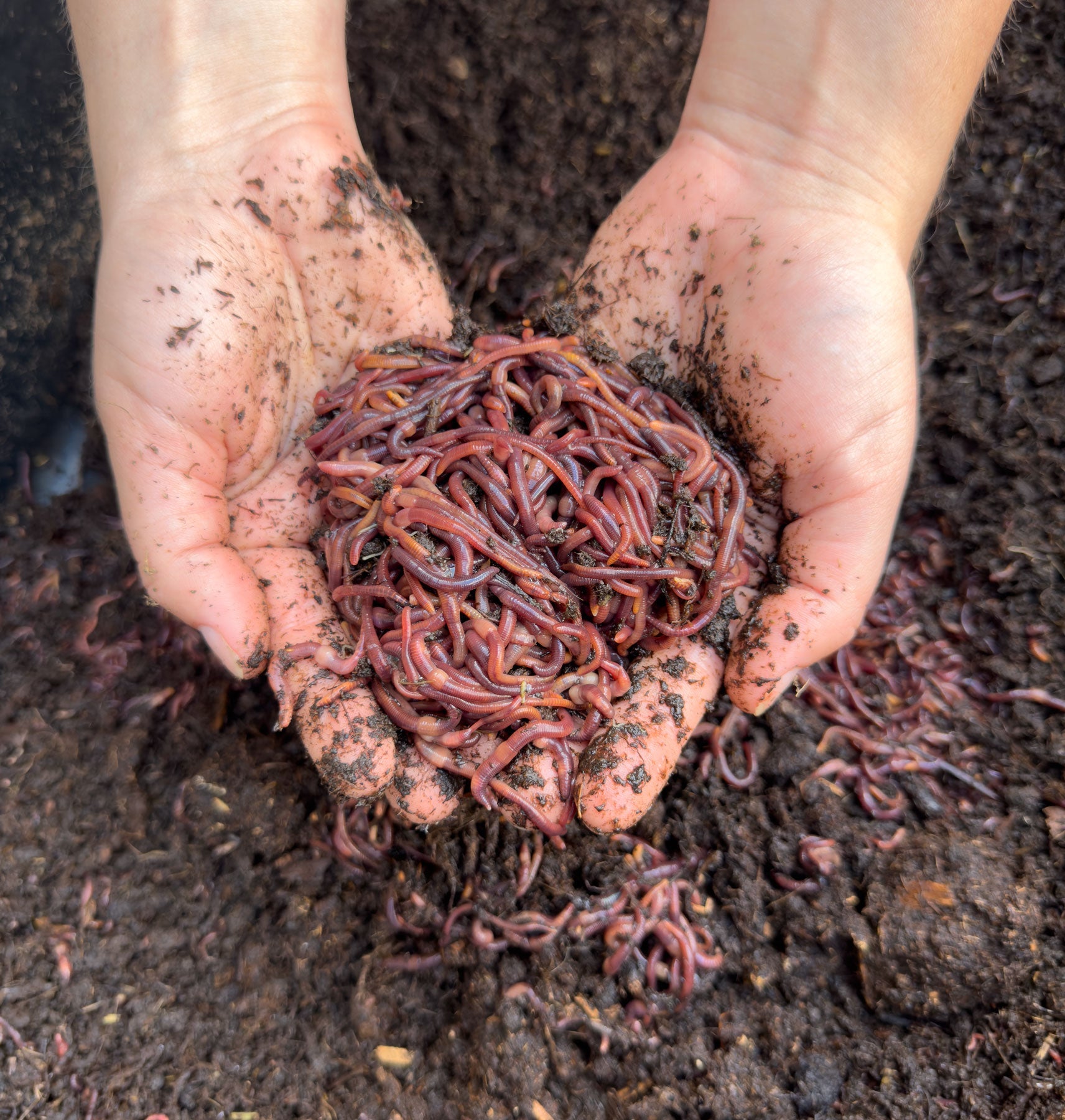Red Wigglers: The Unsung Heroes of Organic Waste Recycling
Red wigglers, or Eisenia fetida, serve as important representatives in the organic waste recycling procedure, changing discarded materials right into valuable vermicompost. Their reliable malfunction of raw material not just enhances soil high quality but also contributes to sustainable waste administration techniques. As the world progressively looks for options to combat waste accumulation and improve agricultural efficiency, understanding the role of these worms ends up being crucial. What mechanisms permit them to thrive in compost environments, and exactly how can they be successfully utilized in both residential and industrial settings? Exploring these inquiries discloses the wider ramifications of vermicomposting in our environmental landscape.
What Are Red Wigglers?
The impressive resilience of red wigglers, scientifically understood as Eisenia fetida, underscores their vital duty in natural waste recycling. These little, reddish-brown earthworms are commonly located in breaking down natural issue, such as compost heap and manure loads. Lake Hickory Bait. Unlike various other earthworm types, red wigglers thrive in nutrient-rich environments and are extremely efficient at damaging down organic products, making them important for vermicomposting

(Red Wiggler Express)In addition to their duty in waste decrease, red wigglers add to soil wellness by boosting soil structure and aeration through their burrowing tasks (Lake Hickory Bait). Their existence in composting systems not only improves disintegration prices however additionally promotes a lasting technique to waste management, highlighting their significance in environmental conservation efforts
Benefits of Composting With Worms
Composting with worms, especially red wigglers, supplies numerous advantages that boost both waste administration and dirt health and wellness. Initially, these worms effectively break down organic waste, converting it right into nutrient-rich vermicompost that enhances soil. This process speeds up disintegration, permitting a faster recycling of kitchen area scraps and other natural materials compared to conventional composting approaches.
Additionally, the vermicompost generated by red wigglers is bristling with beneficial microorganisms, which assist improve soil framework, oygenation, and moisture retention. This boosts the general health and wellness of plants, promoting vigorous development and increased returns in yards and farming settings. Furthermore, making use of worms in composting minimizes the production of greenhouse gases, such as methane, adding to a much more lasting waste monitoring system.

How to Beginning Vermicomposting
Developing a vermicomposting system is an uncomplicated procedure that can generate considerable benefits for both waste management and soil enrichment. To begin, pick a suitable container, such as a plastic bin or wooden box, with sufficient air flow openings to ensure appropriate air flow. The measurements must preferably be about 2 feet by 3 feet, enabling sufficient space for the worms to prosper.
Following, prepare bedding product, which can be composed of shredded newspaper, cardboard, or coconut coir. This bedding should be dampened to produce a suitable habitat for the worms. As soon as the bed linen is in place, introduce red wigglers (Eisenia fetida) right into the bin, generally around one extra pound of worms for every single square foot of area.
Adhering to the placement of worms, include natural waste, such as fruit and vegetable scraps, coffee premises, and crushed eggshells. With these steps, you will effectively start a vermicomposting system that adds to lasting waste management and improves your soil.
Keeping a Healthy Worm Bin
(Red Wiggler Express)Keeping a worm bin prospering needs normal interest and treatment to make certain the health and wellness of the red wigglers and the performance of the composting process. Correct maintenance starts with checking the dampness levels; the container should be damp however not waterlogged. An excellent general rule is to keep a consistency similar to a wrung-out sponge.
Carefully blending the bed linen and food scraps every few weeks stops compaction and guarantees that all worms have access to oxygen. Additionally, it is essential to feed the worms Red Wiggler Express suitably.
If the container ends up being as well warm or cool, the worms might become stressed out. By carefully managing these elements, one can maintain a durable and effective worm bin.
Influence On Sustainable Living
The successful upkeep of a worm container not only profits the health and wellness of red wigglers but also contributes significantly to sustainable living practices. By reusing organic waste, such as kitchen area scraps and lawn particles, red wigglers aid divert considerable amounts of material from landfills. This reduction in waste not only decreases greenhouse gas exhausts however also reduces the environmental worry related to waste monitoring.
Additionally, the spreadings generated by red wigglers serve as a nutrient-rich organic fertilizer, enhancing soil health and promoting plant growth. This all-natural alternative to chemical fertilizers sustains lasting farming and horticulture techniques, decreasing dependence on artificial inputs that can damage ecological communities. In addition, worm composting cultivates awareness of waste management, urging people and areas to embrace even more lasting practices.

Verdict
In recap, red wigglers work as essential contributors to natural waste recycling via their efficient decomposition of natural products. Their capability to produce nutrient-rich vermicompost improves dirt wellness and supports lasting farming techniques. By incorporating vermicomposting into waste monitoring approaches, people and communities can considerably lower waste while advertising ecological sustainability. The duty of Eisenia fetida in cultivating healthy environments emphasizes the relevance of these microorganisms in attaining lasting living and boosting soil fertility.